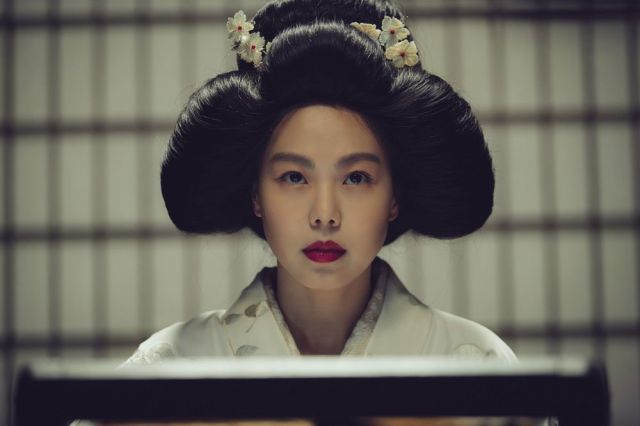
Park Chan-wook was born in Seoul and studied philosophy at Sogang University, where he aspired to be an art critic. However, after he watched Alfred Hitchcock’s “Vertigo”, he decided to become a director.
His first two films, “The Moon is… the Sun’s Dream” and “Trio”, were low budget productions, with Park later stating that he is still ashamed of them. However, since 2000’s “JSA”, which became the highest grossing film in South Korea at the time, he is considered one of the most prominent filmmakers in his country.
Furthermore, after the “Vengeance Trilogy” and particularly the second part, “Oldboy”, he became world-renowned and is now globally considered a genuine auteur. His fame and prowess eventually brought him to Hollywood, where he directed “Stoker” and acted as a producer for “Snowpiercer”, directed by his compatriot, Bong Joon-ho. His last film, “The Handmaiden”, signaled his return to his home country and has already received great reviews upon its premiere at the Cannes Film Festival.
Park’s films have a unique and magnificent visual style. However, as he has stated, the technical part comes second in his movies, with the first role being reserved for the characters and the story. His process starts with the writing, and the search for the audiovisuals comes after the script has been concluded. Park insists that he is, first and foremost, a storyteller, and that every element of his films must support the story in the best way.
Two elements characterize his films and make his style stand apart. The first element is the extreme depiction of violence, which is used in a fashion that can only be described as lyrical, as he uses it to present his messages regarding human nature. The second is his dark sense of humor, which appears in the most unexpected moments in his works, drawing smiles even at the most extreme scenes.
Here are his 10 films, ranked from worst to best.
10. Trio (1997)
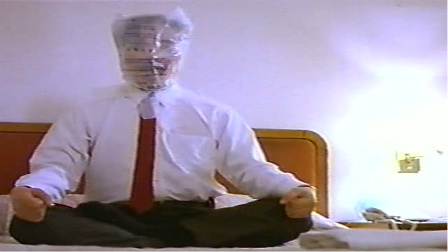
Everybody is allowed to have a blunder, and this quirky comedy was Park Chan-wook’s. The film is one of the least known by the director, probably on purpose.
Han is a suicidal saxophonist, Mun is a violent simpleton with an IQ of 80, and Maria is a single mother with dreams of becoming a nun. Han has tried numerous times to kill himself but nothing ever works. However, when he witnesses his wife’s infidelity, he decides to change his life, and with the help of Mun, he decides to rob a cafe.
Eventually, they run into Maria, whose baby was taken from her. Maria decides to use the two men to get her baby back and joins their team.
Some of Park’s latest traits are still here, like the concept of revenge, the irony, and the black humor, but the film ends up looking like a bad copy of Hong Kong action comedies, particularly due to the quirky script, to the point of nonsensicality.
9. The Moon Is… the Sun’s Dream (1992)
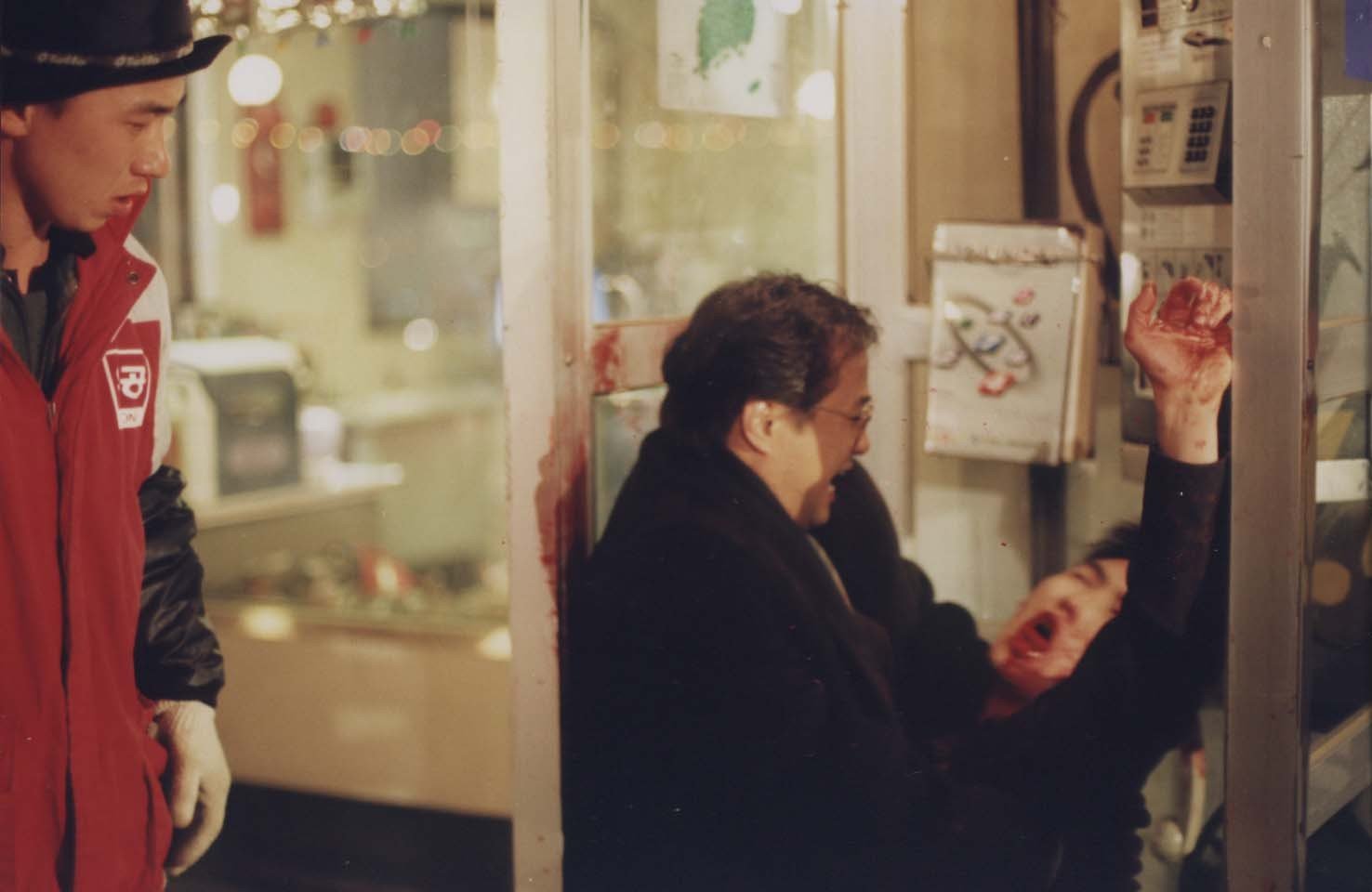
Park’s first film was released in 1992, when he was 29 years old, and it was played only on one screen in South Korea.
Ha-young and Mu-hoon are half-brothers, but their lives are radically different, since the first one is a successful photographer and the latter a gangster in Busan. Mu-hoon has an affair with his boss’s mistress and is eventually caught, but manages to escape, even taking the organization’s funds. However, the two of them are eventually caught, and although Mu-hoon escapes with the money, Eun-joo gets a scar on her face for punishment and is sold off to the prostitution quarters.
After some time, Mu-hoon, who does not know of Eun-joo’s fate, starts looking for her, and eventually finds a photo of her in Ha-young’s studio, who has been photographing the red light district. He manages to save her, and with the help of Ha-young, who recognizes her beauty, she has her scars removed and becomes a model. However, the mob is not eager to leave the two of them alone.
Allegedly, Park insisted that his first film would not be widely released, considering it at a much lower level that the ones he shot later. Although he has a point regarding the technical aspect of the movie and the somewhat naive script, which seems like a copy of old Hong Kong action films, “The Moon Is… the Sun’s Dream” contains a number of elements of his unique style, including the irony, the violence, and the theme of revenge.
8. Stoker (2013)
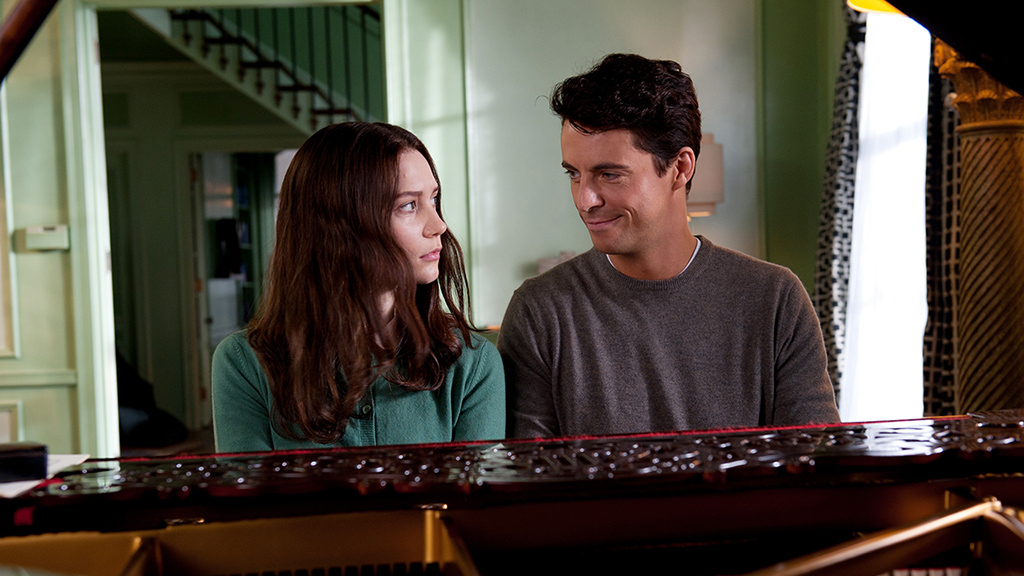
Park’s transition to Hollywood produced a highly controversial film, since some considered it a masterpiece and some leveled it much lower than Park’s South Korean productions.
The story begins on the 18th birthday of India, a laconic and detached girl who loses her father in a car accident on the same day. At the funeral, Charles, a mysterious uncle whose existence India ignored, makes an appearance.
Evelyn, India’s mother, seems enchanted by Uncle Charlie, although his interest seems to lie with India. His constant efforts to approach her are met with defensiveness, until India starts suspecting that her uncle harbors a number of dark secrets. This realization, however, actually draws her toward him instead of pushing her away, and in the process, reveals a self even she was not aware of.
The central theme in “Stoker” is India’s coming-of-age in terms of sexuality, and the way Charlie influences the latter. India, in the beginning, is portrayed as a conservative and restrained girl, the direct opposite of Evelyn, whose sexuality and will to succumb to her brother-in-law’s seductive presence is more than evident.
However, and in a tactic much reminiscent of Nabokov’s “Lolita”, Charlie uses the mother in order to get closer to the daughter. His efforts through cunning manipulation to change the aversion India initially feels for him, from jealousy to subsequent desire, is one of the main axes of the film.
Both of these axes, India’s sexual awakening, and Charlie’s efforts at manipulation are also presented through a number of symbolisms. The water dripping between India’s feet when she comes into the house, soaking wet from the rain; the repeated theme of a spider crawling between her thighs; and the fact that Charlie’s presence frequently coincides with the buzzing fly, present the concept that he is actually a persistent “insect”, trying in every way he can to enter between her legs. Lastly, the box India opens is a direct comparison with Pandora’s box, as it contains the evils of the story.
7. J.S.A: Joint Security Area (2000)
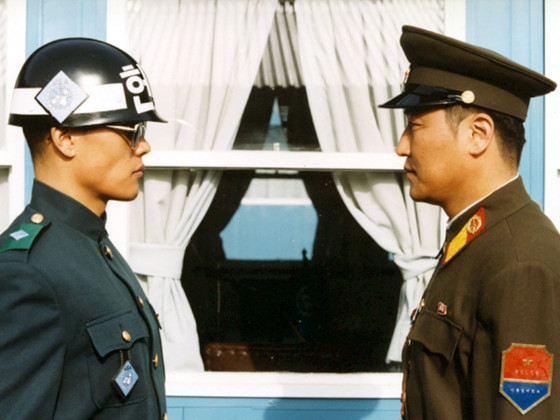
“J.S.A.” is one of the films that inaugurated the new era in Korean cinema. In style, it was one of the first in its genre; in its cast, it established the careers of Park Chan-wook, Song Kang-ho and Lee Byung-hun; and in technique, it was the first in the country shot with a Super 35 camera, which is commonly used in Hollywood blockbusters.
The script is based on the novel “DMZ” by Park Sang-yeon and takes place in the demilitarized zone, on the border between the two Korean nations.
Two North Korean soldiers are killed in a guardhouse in the DMZ and moments later, a South Korean sergeant named Lee Soo-hyeok attempts to cross the bridge in the middle of the zone, back to his country. The North Koreans open fire against him, but his compatriots manage to save him. However, the cease-fire is now hanging by a thread.
Two days later, Major Sophie E. Jean of the Swiss Army arrives at the area to investigate the case for NNSC. The two sides have opposite theories about the facts, each one supported by Lee Soo-hyeok and Sergeant Oh Kyung-pil. The case becomes even more complicated, since Major Jean is the daughter of an expatriated Korean.
Park used flashbacks to slowly reveal exactly what happened, while keeping the tension throughout the film. He presents the general atmosphere and the depiction of the conditions in one of the most unstable areas in the world with realism, but without failing to entertain in equal proportion, particularly through some comedic moments, as the scene where the two protagonists spit at each other across the line that separates the two countries.
The minor flaws of the film lie with the moments where the protagonists speak almost inconceivable English, and with the performances by the Western actors.
Song Kang-ho as Oh Kyung-pil and Lee Byung-hun as Lee Soo-hyeok are both magnificent, to the point where the spectator cannot pick a side among them. The two of them, along with the direction and the cinematography, are the film’s biggest assets.
6. I’m a Cyborg, But That’s OK (2006)

Park Chan-wook’s take on the romantic film could not stray away more from the norms of the genre, as he managed to implement his style even in this category.
Cha Young-goon is hospitalized in a mental institute, as she believes she is a cyborg. In that fashion, she thinks that she can ‘feed’ herself by licking batteries, and that actual food will ruin her circuits. As her belief starts having a large impact on her health, Il-soon, another inmate who is in love with her, tries to find ways to persuade her to eat.
Park avoids every stereotype of the genre by having his characters act like caricatures, and by using humor and his distinct sense of irony in situations that are anything but. The way he manages to balance the two (the seriousness of the subject and humor) is truly elaborate. This trait finds its apogee in the tricks Il-soon uses to make Young-goon eat, which could only be described as adorably paranoid.
Im Su-jeong gives an astonishing performance as Young-goon, portraying her as a fragile, schizophrenic doll through both her acting and her general appearance.